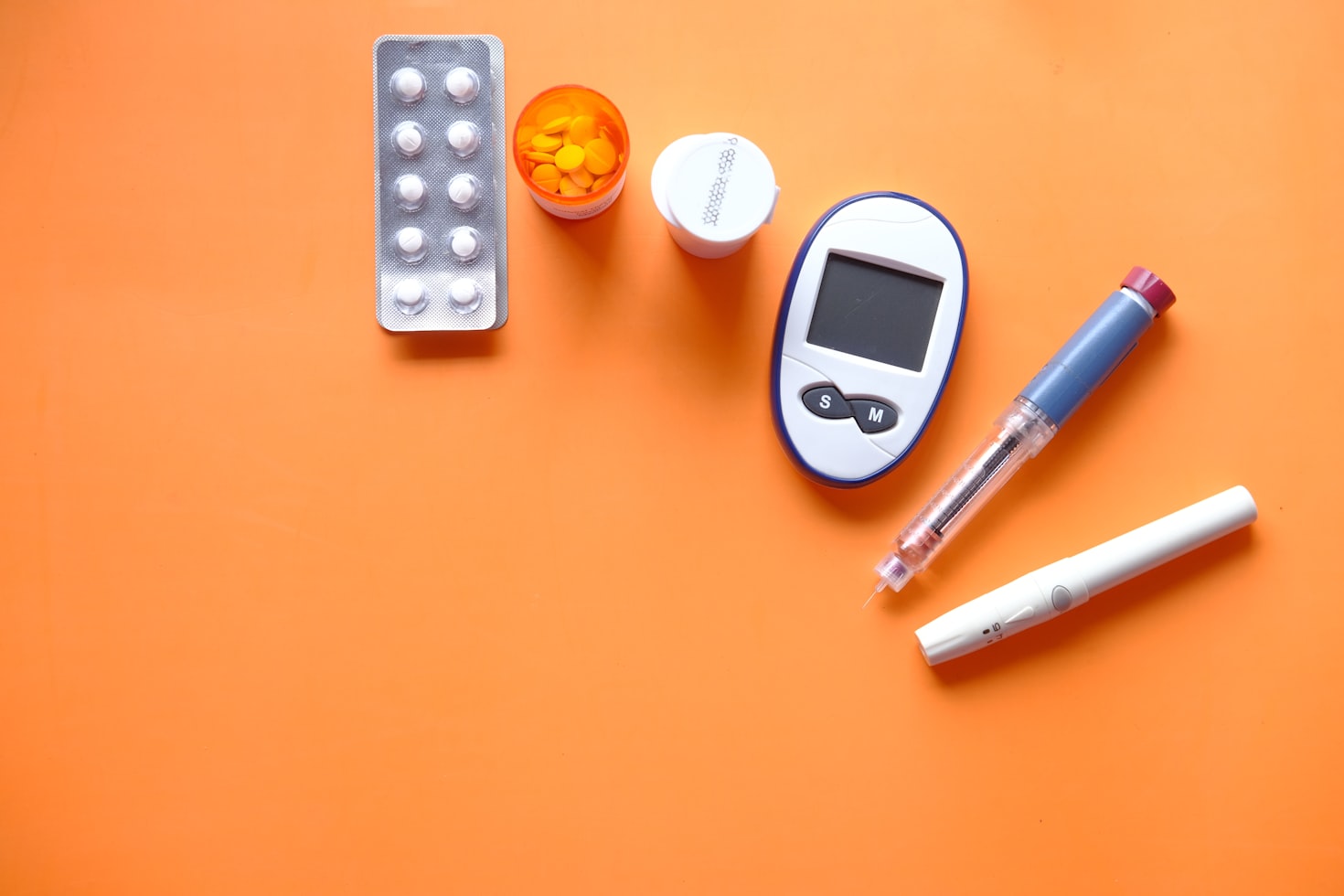What Should Your Glucose Level Be For Ketosis
When it comes to following a ketogenic diet, understanding your glucose levels is crucial. Ketosis is a metabolic state where your body primarily uses fat for fuel instead of carbohydrates. To achieve and maintain ketosis, it is important to keep your glucose levels within a specific range. In this article, we will explore what your glucose level should be for ketosis, the benefits of ketosis, and how to measure and maintain your glucose levels effectively.
The Importance of Glucose Levels in Ketosis
Glucose is the primary source of energy for our bodies, and it is derived from the carbohydrates we consume. However, when you restrict your carbohydrate intake, your body starts to deplete its glycogen stores and looks for alternative fuel sources. This is where ketosis comes into play.
In ketosis, your liver produces ketones from stored fat, which become the main source of energy for your body and brain. To achieve and maintain ketosis, it is essential to keep your glucose levels low. When glucose levels are high, your body will prioritize using glucose for energy instead of ketones, hindering the process of ketosis.
Optimal Glucose Levels for Ketosis
While there is no one-size-fits-all answer to what your glucose level should be for ketosis, most experts recommend keeping your glucose levels below 80-100 mg/dL (4.4-5.5 mmol/L) to achieve and maintain ketosis. However, it is important to note that individual responses to carbohydrate restriction may vary.
Some individuals may need to keep their glucose levels even lower, around 60-80 mg/dL (3.3-4.4 mmol/L), to enter and sustain ketosis. Monitoring your glucose levels regularly and experimenting with different levels of carbohydrate intake can help you determine your optimal range for ketosis.
Measuring Glucose Levels
To effectively manage your glucose levels for ketosis, it is crucial to measure them accurately. The most common method of measuring glucose levels is through a blood glucose meter, which requires a small blood sample obtained by pricking your finger.
When measuring your glucose levels, it is important to consider the following:
- Measure fasting glucose levels: Measure your glucose levels in the morning after an overnight fast to get a baseline reading.
- Monitor postprandial glucose levels: Measure your glucose levels after meals to understand how different foods affect your blood sugar.
- Track trends: Regularly monitor and track your glucose levels to identify patterns and make necessary adjustments to your diet and lifestyle.
Maintaining Glucose Levels for Ketosis
To maintain optimal glucose levels for ketosis, it is essential to follow a low-carbohydrate, high-fat diet. Here are some tips to help you maintain ketosis:
- Limit carbohydrate intake: Restrict your carbohydrate intake to 20-50 grams per day to ensure your body remains in ketosis.
- Choose healthy fats: Focus on consuming healthy fats such as avocados, nuts, seeds, and olive oil to provide your body with the necessary fuel.
- Increase protein intake: Consume moderate amounts of protein to support muscle maintenance and repair.
- Stay hydrated: Drink plenty of water to stay hydrated and support overall metabolic function.
- Manage stress levels: High stress levels can increase blood sugar levels, so incorporate stress management techniques such as meditation or exercise into your routine.
- Get enough sleep: Lack of sleep can disrupt glucose metabolism, so prioritize getting adequate sleep each night.
Frequently Asked Questions (FAQ)
1. Can I consume any carbohydrates while in ketosis?
While it is important to limit carbohydrate intake, some individuals can tolerate small amounts of carbohydrates and still maintain ketosis. Experimentation and monitoring your glucose levels can help you determine your personal carbohydrate tolerance.
2. How long does it take to enter ketosis?
The time it takes to enter ketosis varies from person to person. Generally, it takes 2-7 days of carbohydrate restriction to deplete glycogen stores and enter ketosis. Regular monitoring of glucose and ketone levels can help you determine when you have achieved ketosis.
3. Can exercise affect glucose levels in ketosis?
Exercise can temporarily increase glucose levels due to the release of stored glucose from the liver. However, regular exercise can improve insulin sensitivity and overall metabolic health, which can benefit your glucose levels in the long run.
4. What are the benefits of ketosis?
Ketosis has been associated with various benefits, including weight loss, improved mental clarity, increased energy levels, and better blood sugar control. It may also have potential therapeutic applications for certain medical conditions.
5. Can ketosis be harmful?
Ketosis is generally considered safe for most individuals. However, it is important to consult with a healthcare professional before starting a ketogenic diet, especially if you have any underlying health conditions or are taking medications.
6. How often should I measure my glucose levels?
The frequency of glucose level measurements depends on individual goals and circumstances. Initially, it is recommended to measure your glucose levels multiple times a day to understand how your body responds to different foods and activities. Once you have established your optimal range, regular monitoring can help you maintain ketosis.
Summary
Understanding and managing your glucose levels is crucial for achieving and maintaining ketosis. Keeping your glucose levels within the recommended range of 80-100 mg/dL (4.4-5.5 mmol/L) can help your body transition into using ketones as its primary fuel source. Regular monitoring, following a low-carbohydrate, high-fat diet, and adopting a healthy lifestyle can support your journey towards ketosis and its associated benefits.






